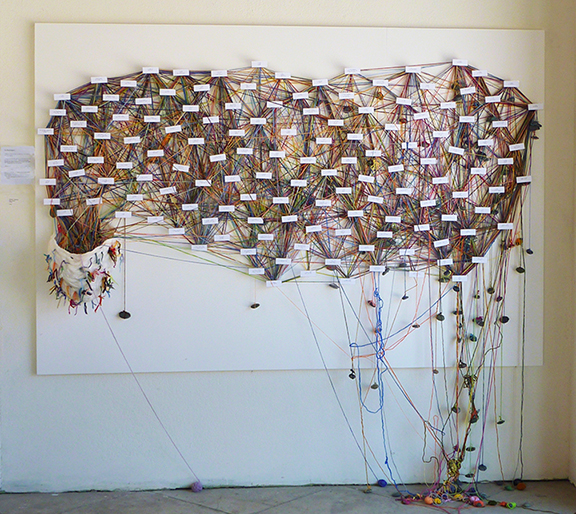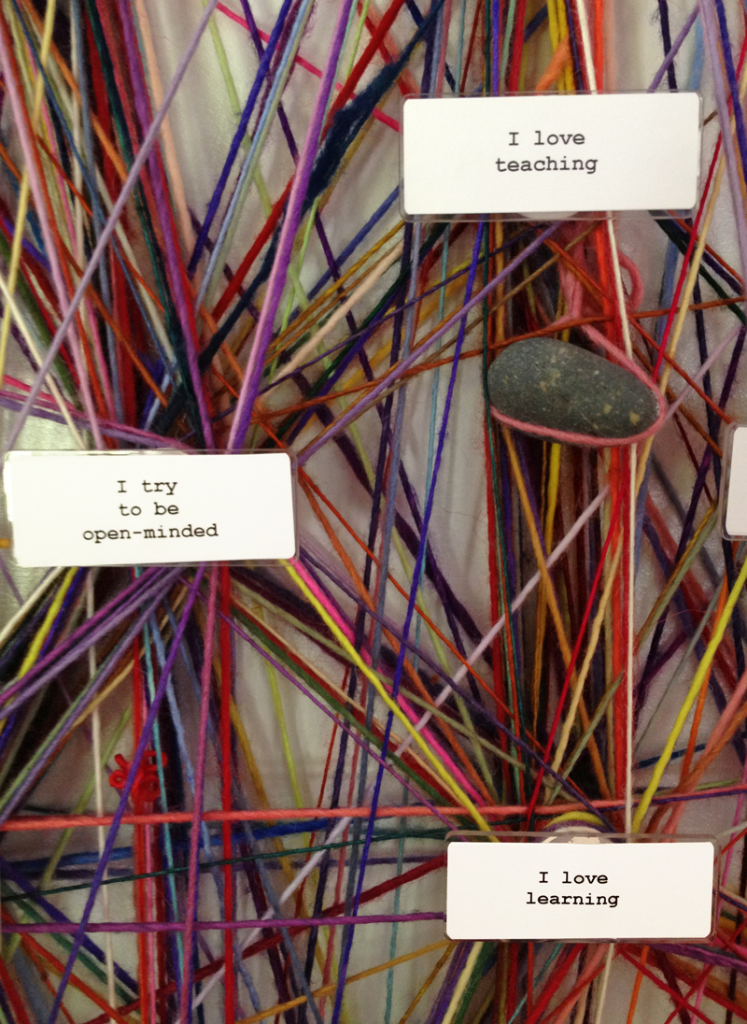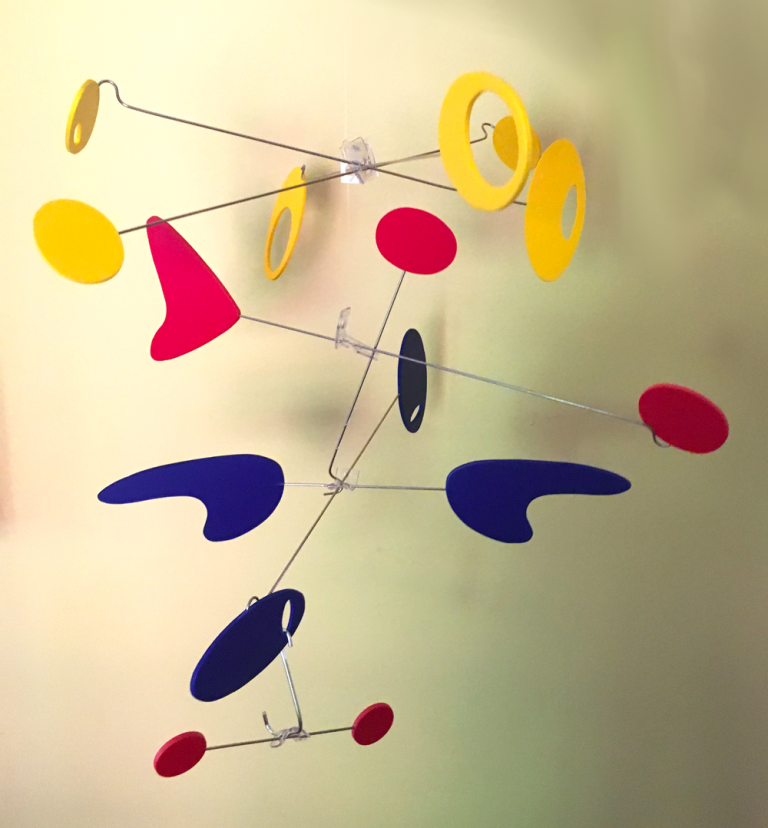Author
Educator
My work is focused on solutions to help students, educators, administrators and community members and their organizations/institutions thrive, not just survive.


This book offers a new way of understanding and then narrowing this persistent and unacceptable achievement gap, through the development of a construct (replete with a new word that I hope will enter the lexicon) called “lasticity.” As a threshold matter, this approach puts its attention on both the breakaway students who succeed (not fail) and the institutions that serve them. It is a move away from our current “deficit” model for education.
Lasticity is a rich concept and process and descriptor that explains the remarkable capacities of breakaway students and the needed and oft-absent or unrecognized capacities of the institutions that serve them. It is rooted in reciprocity. Lasticity, as defined and described here, is grounded in psychology, neuroscience, sociology, education, trauma theory and moral philosophy.
But, importantly, lasticity is borne from real life experience, exemplified through examples and stories, and it is supported by in the trenches work and early data outcomes. Lasticity is not an invention out of whole cloth; instead, it makes at least some of what is now invisible, visible.

Lasticity’s five building blocks, which form the foundation of this new term and are examined in detail in this book, are: recognition and development of elasticity and plasticity (related concepts where the former creates the necessity of the latter); “pivoting right” (exercising quality decision-making and improving student choice architecture); the intricate and complex need for reciprocity (between students on the one side and the institutions and people within those institutions who serve them on the other); and development of students’ positive sense of self and their capacities, also tied into institutional reciprocity. The title expresses what the students of today and tomorrow need: shoulders to learn on.
The best way to capture lasticity’s building blocks is to visualize them as a moving web. These are separate aspects of lasticity but they work together collectively or at different points in time, intersecting in crisscrossing patterns.
The blocks undulate. In a sense, these building blocks are like the ingredients in a future cake. They are distinguishable but once the cake is baked, they are part and parcel of the end product and cannot be separated.
To enable America’s students to thrive, which we need as a nation for our workplaces, our economy and our communities, we must acknowledge who our students actually are, the experiences they carry with them from birth forward and the ways they navigate complex, challenging and even threatening landscapes.

If lasticity is understood, taught, replicated and scaled, we can create new hope that the promise of America – lifting oneself and one’s family from poverty and its many adverse implications – is possible. It’s been shown that lasticity works through initiatives on campuses (including my own former campus), oft times without the label “lasticity”.
The best imagery for demonstrating lasticity is a mobile. The mobile is a visual representation of lasticity at work — as an engaged process, a concept, a description. The blue of the mobile represents the key involved parties: students; institutions, faculty and staff. The yellow pieces are the overarching requirement for culture change: trust, transparency, tranquility (as in consistency), teaching, tolerance and temperance (as in decreasing stimuli). The red represents the five elements of lasticity: elasticity, plasticity, pivoting right, reciprocity and belief in self. The point is that lasticity is not static and changes as the parties, context and core elements intersect and interact and engage.